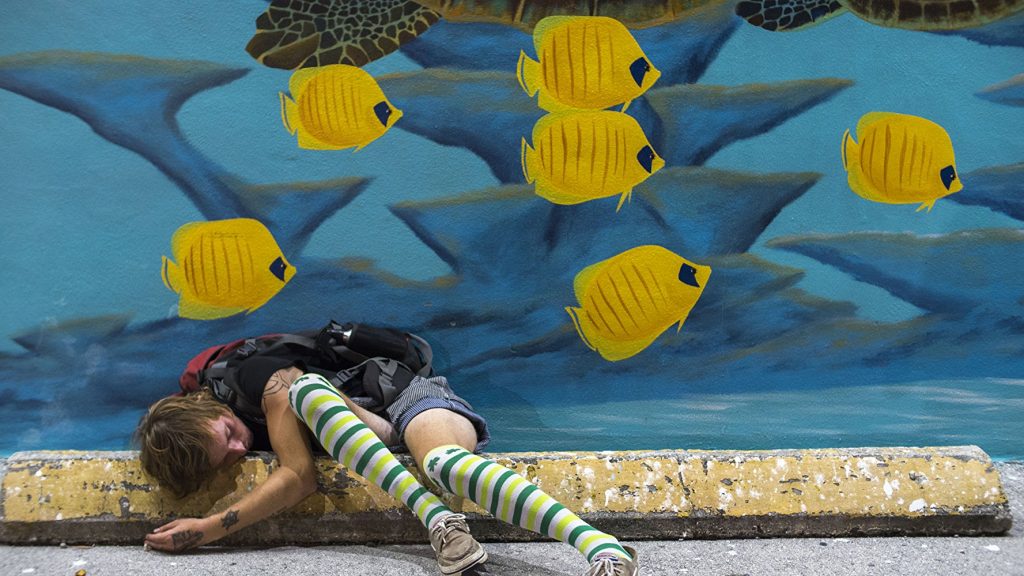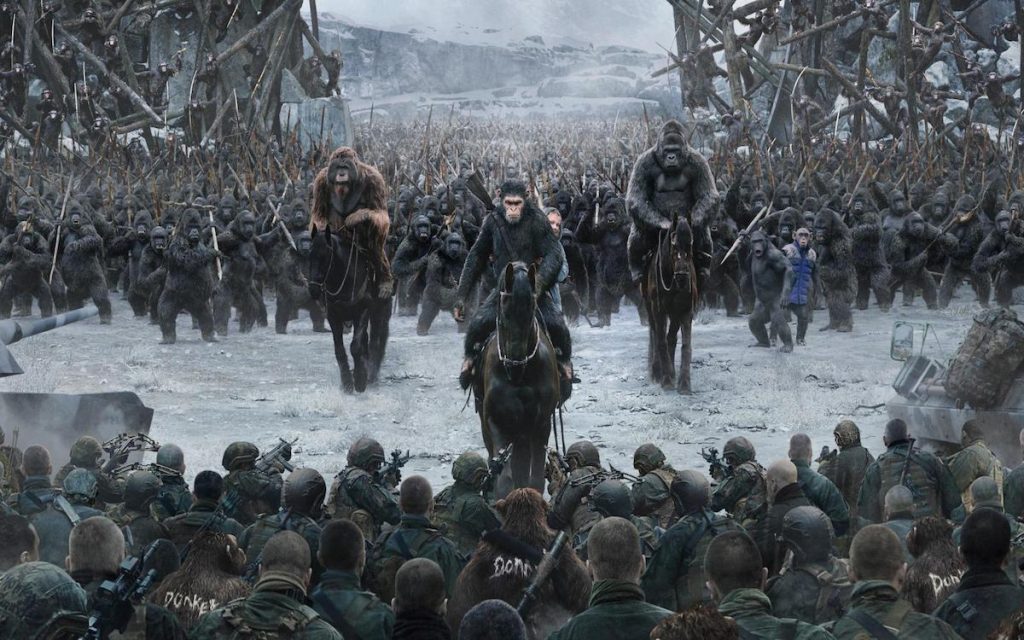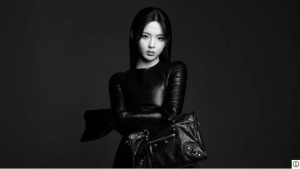
Chloé Zhao’s The Rider, screening in mid-October at the New York Film Festival, follows a wounded bronc rider, Brady (Brady Jandreau), who must find a new way to live. The Ogala Lakota teenager is a cowboy on the Pine Ridge Reservation, and a local rodeo celebrity; he regularly mounts a specially trained horse that bucks in an attempt to throw him. When the film opens, Brady has just signed himself out of the hospital, and is picking at surgical staples that mark the spot where a metal plate lies inside his head. If he rides again, he will die.
The Chinese filmmaker’s previous film, Songs My Brother Taught Me (2015), was also set on the reservation, the site of Wounded Knee, one of the most notorious massacres of Native Americans in the history of the United States. Richard Means, an Ogala Lakota (there are seven Lakota tribes) and one of the founders of the American Indian Movement (AIM), was born on the Pine Ridge reservation, as was Leonard Peltier, its most famous leader, now a political prisoner in a U.S. penitentiary. Lakota activists are still embroiled in a conflict over the Standing Rock pipeline that will cross their ancestral lands. Zhao makes great use of the reservation’s vistas, and of the troubling lack of opportunity that leads young men like Brady to make desperate choices. The writer-director also has a gift for getting excellent performances from her amateur cast.
Zhao is not the first to use Pine Ridge as a setting, or to cast Lakota people in a film. Chris Eyre (Cheyenne and Arapoho) shot his first and second narrative films on-location at Pine Ridge, Smoke Signals (1998) and Skins (2002). The latter, about a former football player, was the first movie to be set on the reservation, and is a similar story of wounded masculinity. Zhao does not depict traditional Lakota lifestyles, nor is the film in a Lakota language; while these may be viewed as shortcomings, she is not an insider, and wisely turns to young people and contemporary situations, using the plight of young men on the reservation to tell a universal story.
The amateur cast of The Rider, which won a Directors’ Fortnight prize at Cannes this year and was acquired by Sony Pictures Classics, includes Jandreau, a real-life horse trainer, and his sister (Lilly Jandreau) and father (Tim Jandreau), a rancher, as well as Lane Scott, who plays Lane, Brady’s friend. Like all of the characters, Lane is the person he plays; he was a local rodeo performer before being injured in a car accident, and Lilly is autistic. Brady visits Lane at the hospital, and the two watch videos of their triumphs on Brady’s phone. At first, Brady is devastated by his fate, and his father’s tough love wounds him even more deeply; at one point, he strikes out at his father for fostering his dream of becoming a rodeo star. In the archetypal male quest for identity, fathers are often bestial figures that represent what their sons must overcome in order to claim their manhood.
The mutual affection of Brady and his sister, and Brady’s relationship with Lane, suggests that there is hope for the cowboy, as does an outstanding scene in which Brady calms a horse its owner could not touch—but horse training involves riding the animal. As Brady seems to race toward self-destruction in the course of his search for meaning, he also takes solace in the craggy arroyos and fields of the ranch. He works in a supermarket and speaks with a boy who admires him from the rodeo circuit. In one scene, he begins to train James, a younger version of himself. He gives the adolescent boy his chaps, and then he wrestles with him, too roughly, in a vain attempt to relieve the pain of setting aside much of what has defined him up until now.
Male quests are far more perilous endeavors than women’s journeys to identity, in part because the test of young masculinity is war or hazardous sports. For Native American boys, on reservations where ranching is a way of life, that sport is rodeo and its dangerous roping and bull and bronc riding. (Girls are rodeo stars, too, but in fewer numbers.) In The Rider, Zhao’s allegory for her troubled hero is Apollo, the horse Brady trains, named for the god who was the epitome of young manhood in Ancient Greece. Brady’s beautiful stallion is trapped in his stall, but not for long. Unaware of the consequences, the horse chooses freedom and his true nature. At the end of the film, as Brady drives to a rodeo, Zhao suggests that his brashness is more than a singular expression of his dilemma. It represents that of all Native Americans, in their longstanding and evolving efforts to hold fast to an authentic identity.
–This article originally appeared on Film Journal.








